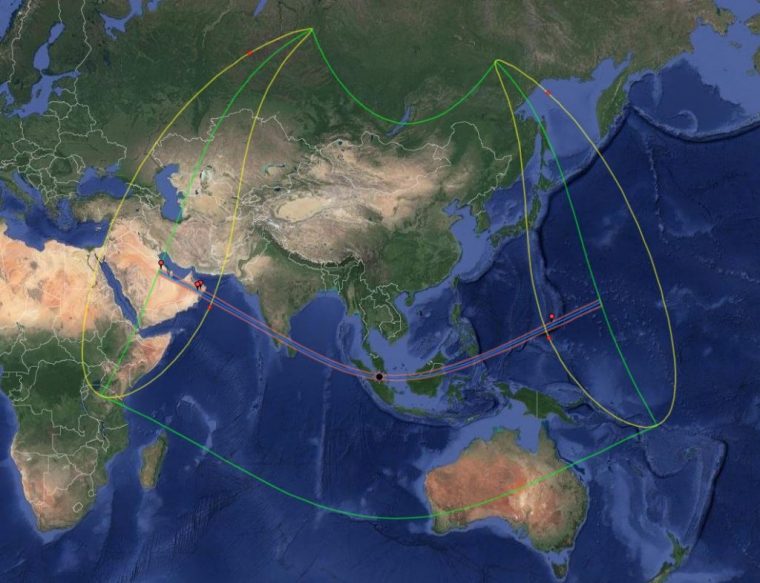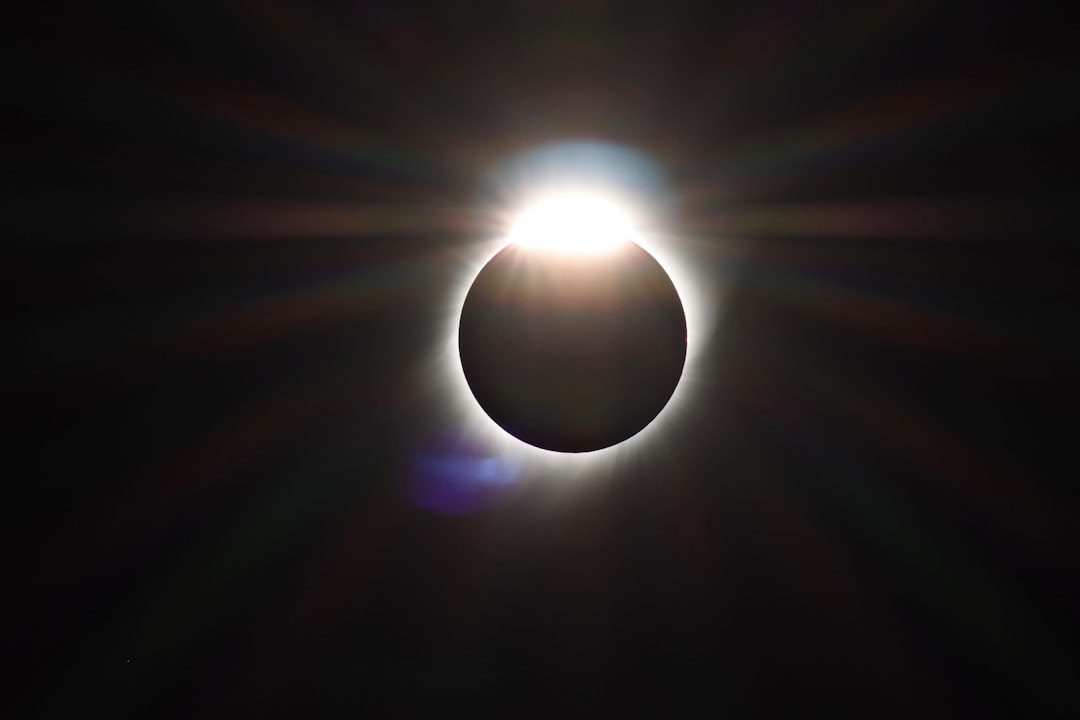December 26: The Incredible Christmas Ring of Fire strikes on!
An annular spectacular solar eclipse will occur on December 26, 2019, and it’s going to be incredible!

The "Christmas Ring Of Fire" Solar Eclipse Is Coming And It's Going To Be Incredible

While it’s not exactly on Christmas, depending on where you are in the world, it is called the “Christmas Ring of Fire” because of when it occurs and how it looks.
A solar eclipse occurs when the Moon passes between Earth and the Sun, thereby totally or partly obscuring the Sun for a viewer on Earth. An annular solar eclipse occurs when the Moon’s apparent diameter is smaller than the Sun’s, blocking most of the Sun’s light.
During an annular solar eclipse, the Moon crosses the Sun completely centrally however the Moon’s orbit is in a position whereby our natural satellite is furthest away from Earth.
This means that the Moon’s apparent size in the sky is not large enough to completely cover the Sun as witnessed during total solar eclipses. Instead, this creates a “ring of fire” effect as shown below.
An Annular solar eclipse is technically a partial eclipse with a dose of beautiful symmetry. Since the moon is farther away than usual in its orbit around Earth, it doesn’t fully cover the disk of the Sun. The first solar eclipse on January 6, 2019, was a partial solar eclipse, and the second one on July 2, 2019, was a total solar eclipse. Because this is an annular eclipse – not a total solar eclipse – there is no safe window for directly watching this eclipse without proper eye protection.
The final solar eclipse of 2019 will be visible from a 100-mile-wide path of annularity that stretches from Saudi Arabia to the South Pacific islands of Guam. Weather permitting, those in Europe, parts of Asia, and North/West Australia will see a partial eclipse.

Although a crescent Sun will be visible across Eastern Europe, Asia, northwest Australia, East Africa, the Indian Ocean and the Pacific Ocean, it’s the path of annularity that’s important to eclipse chasers. After an eclipsed sunrise in Saudi Arabia, the path crosses Qatar, United Arab Emirates, Oman, India, Sri Lanka, Malaysia, Indonesia, Singapore, the Northern Mariana Islands, and Guam before sunset.

The biggest cities that will see the annular eclipse include Kozhikode and Coimbatore in southern India, Jaffna and Trincomalee in Sri Lanka, Sibolga, Batam and Singkawang in Indonesia, and Singapore.
To see if your area will be able to view the annual or partial eclipse, check out TimeAndDate for more information.
Read next —> The Strange Connection Between The Moon Cycles And Your Mood
Article Source: originally written and published on mystical raven
Learn more about mysticalraven by clicking here
Please Note: this article has been re-posted without prior written consent by the original Author. Link to the original article and site can be found above this disclaimer. If you are the Author of this post and you think that we are not re-posting it under the realm of 'fair-use', please contact us earthangelshouse@gmail.com
